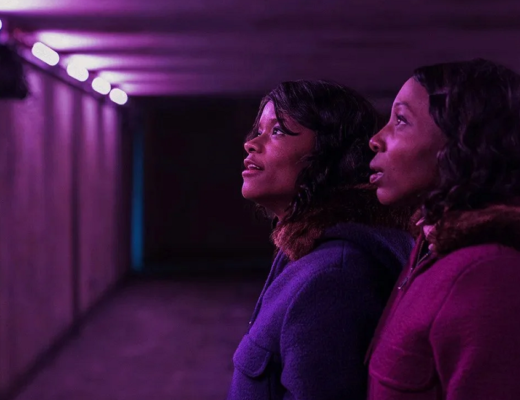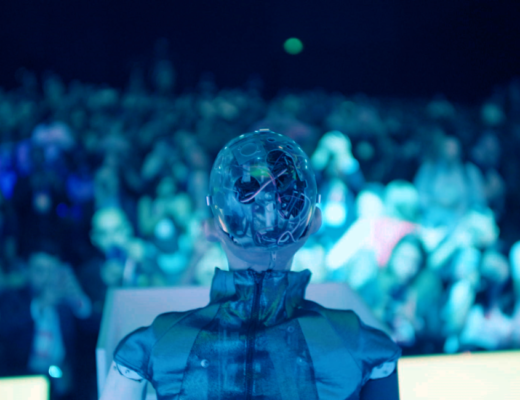In the year 2019 we have ourselves an honest-to-goodness, totally authentic film maudit, Brian De Palma’s new whatsit Domino. Barely completed, abandoned by its producers and distributor, shorn of an hour or so of plot, and indifferently handled in post-production (apparently color timing never happened, and the opening title fonts are an affront to common decency), it would require the most slavish auterist to claim this as one of De Palma’s finer achievements. And yet, much like Hawks’s Red Line 7000, so much of the director shines through that the film becomes, somehow, miraculously, genuinely personal. Domino is a thriller without any real thrills, and its virtues are all formal, but what virtues! From the split diopter shots (now annoyingly ubiquitous thanks to a generation of imitators), god’s-eye view surveillance shots, creeping POV sequences, and of course the ever present Hitchcock nod (here a Vertigo-esque rooftop chase) this is pure De Palma virtuosity, writ small.
The plot is simultaneously overly simple and totally nonsensical, as cop-on-the-edge Christian (Nikolaj Coster-Waldau) hunts down the man who killed his partner, Lars (Soren Malling). Meanwhile, CIA spook Joe Martin (Guy Pearce, never worse) has kidnapped said killer, Ezra (Eriq Ebouaney, fiercely giving the one committed performance in the whole film). Joe wants Ezra to hunt down and kill some terrorist targets and is using Ezra’s family as leverage. Christian teams up with Alex (Carice van Houten), who was having an affair with Lars, and the hunt is on. It’s hard to say what the film would look if it weren’t for whatever nonsense was happening behind the scenes, but as it stands the characters are just moving statues designed to get from one set piece to another. De Palma films so many scenes with such verve, though, using computer monitors and phones and tablets to stack images within images, creating an escalating sense of paranoid enclosure. In one bravura sequence, a terrorist attacks a red carpet premiere during a film festival, using a machine gun with two digital cameras mounted on it, pointing backwards and forwards in tandem. The audience sees both image streams simultaneously, the carnage being wrought by the gun fire and the increasingly frantic face of the woman doing the shooting. It’s a profound metaphor for the 21st Century – the gun as violent spectator, the terrorist as filmmaker, and all of it implicating us, the viewer. And of course, everything gets edited together and put up on YouTube. This is image-making in our digital age, and De Palma seems terrified of it.
Published as part of Before We Vanish | Issue 5.







